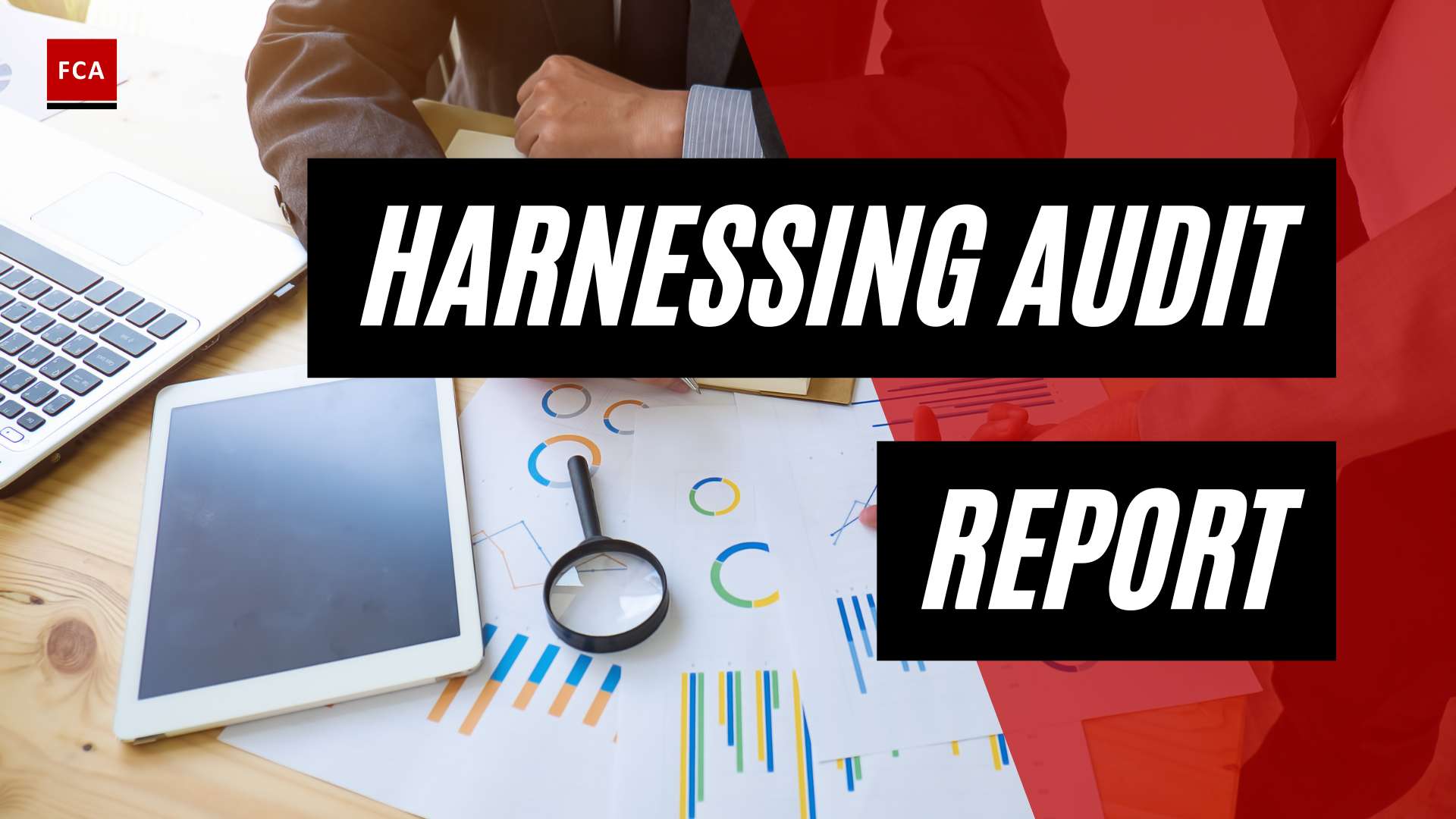Basics of AML Due Diligence
Understanding the complexities of Anti-Money Laundering (AML) compliance begins with grasping the essential role of AML due diligence. This process forms the backbone of effective financial crime prevention strategies.
Understanding AML Due Diligence
AML due diligence is a comprehensive process that financial institutions and other regulated entities undertake to comply with AML laws and regulations. It involves verifying the identities of customers, assessing risks associated with customers and their transactions, and continuously monitoring accounts for unusual or suspicious activity. This process helps to detect and prevent financial crimes, such as money laundering and terrorism financing.
Through the use of AML compliance software, institutions can automate and enhance the efficiency of their due diligence processes. Advanced technologies, such as artificial intelligence and machine learning, are increasingly being utilized to improve the accuracy of these processes and identify complex patterns of financial crime.
Importance of AML Due Diligence
The importance of AML due diligence cannot be overstated. Incomplete or inaccurate customer information can lead to lapses in due diligence, hindering institutions from identifying suspicious activities and meeting regulatory requirements.
AML due diligence requirements vary globally, with different jurisdictions imposing specific regulations, timelines, and identification procedures that institutions must adhere to. It is essential for these entities to stay informed about these AML laws and regulations to effectively combat money laundering and other financial crimes.
Moreover, the evolving nature and sophistication of financial crimes necessitate continuous enhancements in AML due diligence practices. This includes the adoption of updated technologies, training of personnel through AML compliance training, and staying informed about regulatory changes.
In essence, AML due diligence serves as a strong defense against illicit financial activities, aiding institutions in their fight against financial crime. The comprehensive AML risk assessment and AML transaction monitoring that are part of due diligence processes ensure that institutions are not only compliant with the law but also actively contributing to the global effort to prevent financial crime.
AML Laws and Regulations
In the fight against financial crimes, understanding the laws and regulations related to anti-money laundering (AML) is crucial. This section provides an overview of the key AML regulatory bodies and a snapshot of global AML regulations.
AML Regulatory Bodies
Regulatory bodies such as the Financial Action Task Force (FATF), the European Union (EU), and the United Nations (UN) play a significant role in shaping AML regulations worldwide. These bodies establish global standards, guidelines, and conventions to effectively combat financial crimes, promote transparency, and ensure international cooperation in investigating and prosecuting money laundering.
| Regulatory Body | Role |
|---|---|
| Financial Action Task Force (FATF) | Establishes global standards for combating money laundering |
| European Union (EU) | Oversees and enforces AML regulations within the EU |
| United Nations (UN) | Promotes international cooperation in fighting money laundering |
These bodies serve as the cornerstone of the global AML architecture, providing guidance and standards that financial institutions need to follow in their AML due diligence efforts.
Global AML Regulations
AML regulations vary worldwide, with different jurisdictions imposing specific requirements, timelines, and identification procedures that institutions must adhere to combat money laundering and other financial crimes effectively. For instance, financial institutions in the US follow the Bank Secrecy Act, while those in the EU adhere to the Anti-Money Laundering Directives introduced in 2017 and 2020.
| Jurisdiction | Primary AML Regulation |
|---|---|
| United States | Bank Secrecy Act |
| European Union | Anti-Money Laundering Directives |
A sound AML program, guided by these regulations, is crucial in today’s financial landscape to combat money laundering. These regulations promote transparency and accountability in financial transactions, creating trust between businesses, financial institutions, and customers.
For more detailed information on AML laws and regulations, visit our page on AML laws and regulations. Furthermore, explore the AML compliance requirements for comprehensive insights into what constitutes a robust AML compliance program.
Implementing AML Compliance Program
Putting into action an effective Anti-Money Laundering (AML) program is a critical step for organizations that aim to conduct business ethically and sustainably, safeguarding their reputation and avoiding non-compliance fines. This involves a comprehensive approach that includes several key components and significant emphasis on employee training.
Components of an AML Program
A comprehensive AML program is designed to detect and report suspicious activities related to money laundering. This is achieved by adhering to regulations such as the Bank Secrecy Act in the US and the Anti-Money Laundering Directives in the EU introduced in 2017 and 2020 (Flagright). The key components of an effective AML program include:
- Written Policies and Procedures: Organizations need to establish clear and detailed written policies for AML due diligence and compliance. These guidelines should be adhered to strictly by all employees and updated regularly in accordance with changes in AML laws and regulations.
- Risk Assessment: Conducting regular AML risk assessments allows organizations to identify, assess, and manage potential risks that could make them susceptible to money laundering activities.
- Know Your Customer (KYC) Programs: An AML customer identification program should be implemented to thoroughly understand customers’ identities, banking behaviors, and risk profiles.
- Independent Audits: Regular independent audits and testing by third-party organizations are crucial to verifying that AML compliance programs are working as intended. Institutions operating in high-risk areas may require more frequent audits.
- Continuous Monitoring: Ongoing AML transaction monitoring is essential to detect and report any suspicious activity promptly.
Role of Employee Training in AML
Employee training plays a pivotal role in the successful implementation of an AML compliance program. Staff members should be kept abreast of the latest AML directives and compliance requirements through regular AML compliance training. This ensures that they understand their assigned duties and can effectively contribute to the organization’s AML efforts.
Institutions should also ensure that specific employees who shoulder greater responsibility for AML compliance are provided with more intensive training. By fostering a culture of compliance and continuous learning, organizations can stay ahead of the evolving landscape of financial crimes.
AML compliance is not a one-time activity, but a continuous process that requires the active participation and commitment of every member of an organization. By implementing a comprehensive AML program and investing in employee training, organizations can build a strong defense against financial crime and ensure their long-term sustainability in the face of stringent regulatory environments.
For more information on technology’s role in enhancing AML compliance, read about AML compliance software.
Challenges in AML Compliance
While implementing an effective AML due diligence program is crucial, it is not without its challenges. One of the main difficulties lies in the evolving nature of financial crimes and the need to balance compliance efforts with business needs.
Evolving Nature of Financial Crimes
The sophistication of financial crimes continues to evolve, necessitating continuous enhancements in AML due diligence practices. This includes the adoption of updated technologies, training of personnel, and staying informed about regulatory changes to effectively combat illicit financial activities.
Criminals are adapting their tactics by using new technologies like cryptocurrencies, digital payment methods, and trade-based money laundering. These tactics can obscure the true source of funds, making it harder for AML officers to detect and prevent money laundering.
Keeping up with these changes requires a proactive approach, including regular AML risk assessments, up-to-date AML compliance training, and effective AML transaction monitoring practices.
Balancing Compliance and Business Needs
Another significant challenge in AML compliance is balancing the need to comply with regulations while ensuring the smooth running of business operations. AML officers need to integrate compliance efforts into the organization’s strategy without unduly impacting business operations (Sanction Scanner).
Staying compliant with AML regulations is critical to avoid significant penalties, reputational damage, and increased regulatory scrutiny. This requires keeping track of both local and international regulations, as well as industry best practices.
However, integrating compliance efforts into daily operations can be challenging. Leveraging technology and automation can help alleviate some of these difficulties. For instance, using AML compliance software can help automate and streamline many compliance tasks, making it easier to meet AML compliance requirements without hindering business operations.
Non-compliance with AML regulations can result in fines, sanctions, reputational damage, and even criminal charges for organizations and their officers. This emphasizes the importance of prioritizing compliance and promoting ethical behavior within the organization.
In conclusion, while the challenges in AML compliance are significant, they are not insurmountable. With a proactive approach, the right technology, and a strong commitment to compliance, organizations can effectively navigate these challenges and build a robust defense against financial crime.
Role of Technology in AML Due Diligence
In the current era, technology plays a crucial role in enhancing the efficacy of AML due diligence. Emerging technologies like Artificial Intelligence (AI) and Machine Learning (ML) are revolutionizing traditional methods of combating financial crime.
AI and Machine Learning in AML
Artificial Intelligence and Machine Learning are increasingly being utilized in AML due diligence processes to enhance efficiency, accuracy, and the identification of complex financial crime patterns (KYC Hub). These advanced technologies enable financial institutions to analyze vast amounts of data, identify patterns, and detect suspicious activities more effectively.
AI and ML algorithms can analyze large volumes of data in real-time, enabling financial institutions to identify complex money laundering patterns and detect potential risks more efficiently than traditional manual methods.
Moreover, the use of AI and ML in AML due diligence allows financial institutions to continuously learn and adapt to evolving financial crime patterns, improving their ability to detect and prevent money laundering activities effectively.
Automation in AML Compliance
Automation is another key aspect of technology’s role in AML due diligence. Repetitive tasks such as data collection, risk assessment, and basic transaction monitoring can be automated using advanced software solutions. This not only saves valuable time and resources but also minimizes the chances of human error.
The adoption of AI and ML technologies in AML due diligence enables financial institutions to automate these tasks, improving risk assessment accuracy, and enhancing the detection of suspicious activities. This ultimately strengthens their compliance efforts and helps them meet the AML compliance requirements efficiently.
Automation also enhances the effectiveness of AML transaction monitoring and the AML customer identification program, making these processes more streamlined and reliable.
In conclusion, the integration of technology in AML due diligence is no longer an option but a necessity in the modern financial landscape. Institutions that leverage these technologies are better equipped to meet their AML compliance requirements and fight financial crime effectively. For more information on how to effectively implement an AML program, including the use of AI and automation, check out our post on AML compliance software.
Customer Due Diligence in AML
Customer due diligence (CDD) is an essential component of any anti-money laundering (AML) strategy. It involves the process of understanding the financial behavior of customers and assessing the money laundering risks they may pose. In this section, we’ll delve into the process of CDD and the concept of enhanced due diligence for high-risk customers.
Process of Customer Due Diligence
CDD involves obtaining essential information from customers, such as their name, address, date of birth, and official identification documents like passports. This information is crucial in assessing the potential risk that a customer may pose in terms of their financial activities.
As part of aml laws and regulations, financial institutions are required to implement risk-based customer due diligence measures according to the Financial Action Task Force (FATF) guidelines. This approach allows for efficient checks on low-risk customers and enhanced due diligence for high-risk ones, thereby maintaining compliance while preserving the customer experience (Veriff).
Moreover, AML compliance policies necessitate ongoing customer monitoring. This includes screening against PEP watchlists, global sanctions lists, and adverse media to identify any changes in a customer’s risk profile. Businesses must prioritize high-risk customers and conduct aml risk assessments to document and address identified money laundering risks.
Enhanced Due Diligence for High-Risk Customers
For customers who pose a higher risk, an enhanced due diligence (EDD) process is needed. EDD is utilized for high-risk customers and large transactions to provide a more accurate assessment of identity assurance and risk category. It aims to prevent financial crimes and uphold brand reputation by gathering more comprehensive customer information (Veriff).
EDD provides benefits such as offering customized solutions and deterring financial crime. High-risk customers could include those with high-net-worth, those engaged in cash-intensive businesses, non-resident customers, and those from countries with high levels of corruption or other criminal activity.
To comply with AML regulations and demonstrate adherence to standards, businesses need to keep detailed records of all AML customer due diligence measures. This includes information on customer risk assessments, policies, controls, and procedures. It’s also important to ensure prompt access to this information for audits or investigations.
In conclusion, effective customer due diligence forms the foundation of robust AML compliance. By following the guidelines for CDD and EDD, businesses can protect themselves from being used as conduits for money laundering and other financial crimes while meeting their aml compliance requirements.
Monitoring and Reporting in AML Compliance
In the world of Anti-Money Laundering, continuous monitoring, and reporting of customer activities are key elements in ensuring regulatory compliance and preventing financial crimes.
Ongoing Customer Monitoring
Ongoing monitoring and regular review of customer accounts are essential components of effective AML due diligence aimed at detecting any unusual or suspicious activities. This process is facilitated by AML transaction monitoring tools, which scrutinize customer transactions to identify patterns or behaviors that may indicate money laundering or other illicit activities.
A comprehensive AML compliance program should focus on detecting and reporting suspicious activities related to money laundering. This includes implementing Know Your Customer (KYC) programs – an essential part of the AML customer identification program – and carrying out independent audits for continuous monitoring and testing.
Reporting Suspicious Activities
In line with anti-money laundering regulations, suspicious activities must be promptly reported to the financial intelligence unit. This process often involves the generation of a Suspicious Activity Report (SAR), which provides detailed information about the suspected activity and aids in law enforcement investigations.
Effective AML compliance programs entail regular independent testing and auditing by third-party organizations. Institutions in high-risk areas may require more frequent audits. Detailed reports of compliance evaluations should be delivered to the CEO, senior management, and the Audit Committee.
Non-compliance with AML regulations can result in fines, sanctions, reputational damage, and even criminal charges for organizations and their officers, emphasizing the importance of prioritizing compliance and promoting ethical behavior.
Incorporating these practices into a company’s AML due diligence process strengthens its defense against financial crime. By investing in AML compliance software and providing AML compliance training for employees, businesses can further enhance their AML efforts, ensuring they meet AML compliance requirements and stay abreast of evolving AML laws and regulations.








